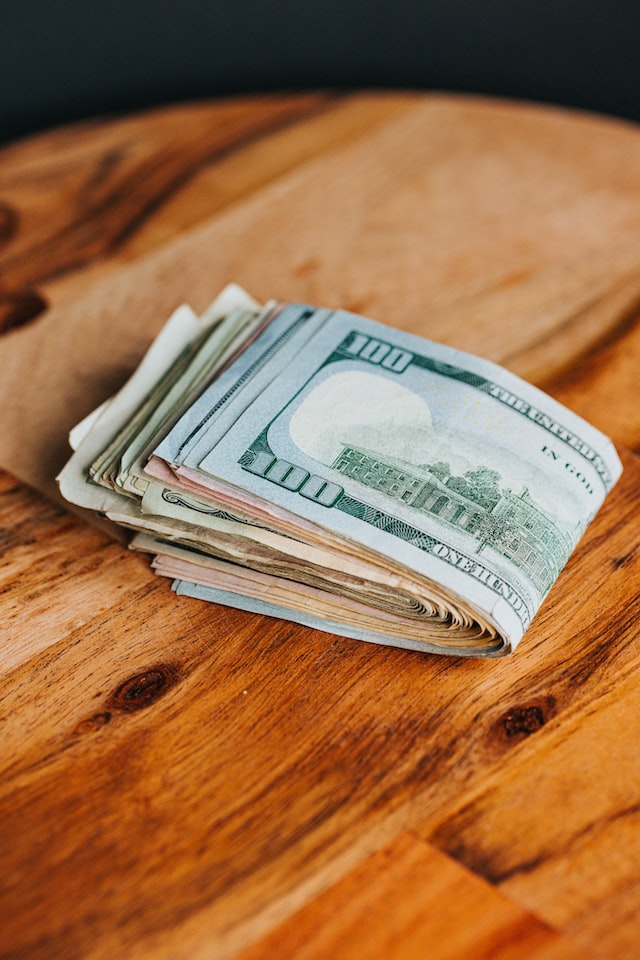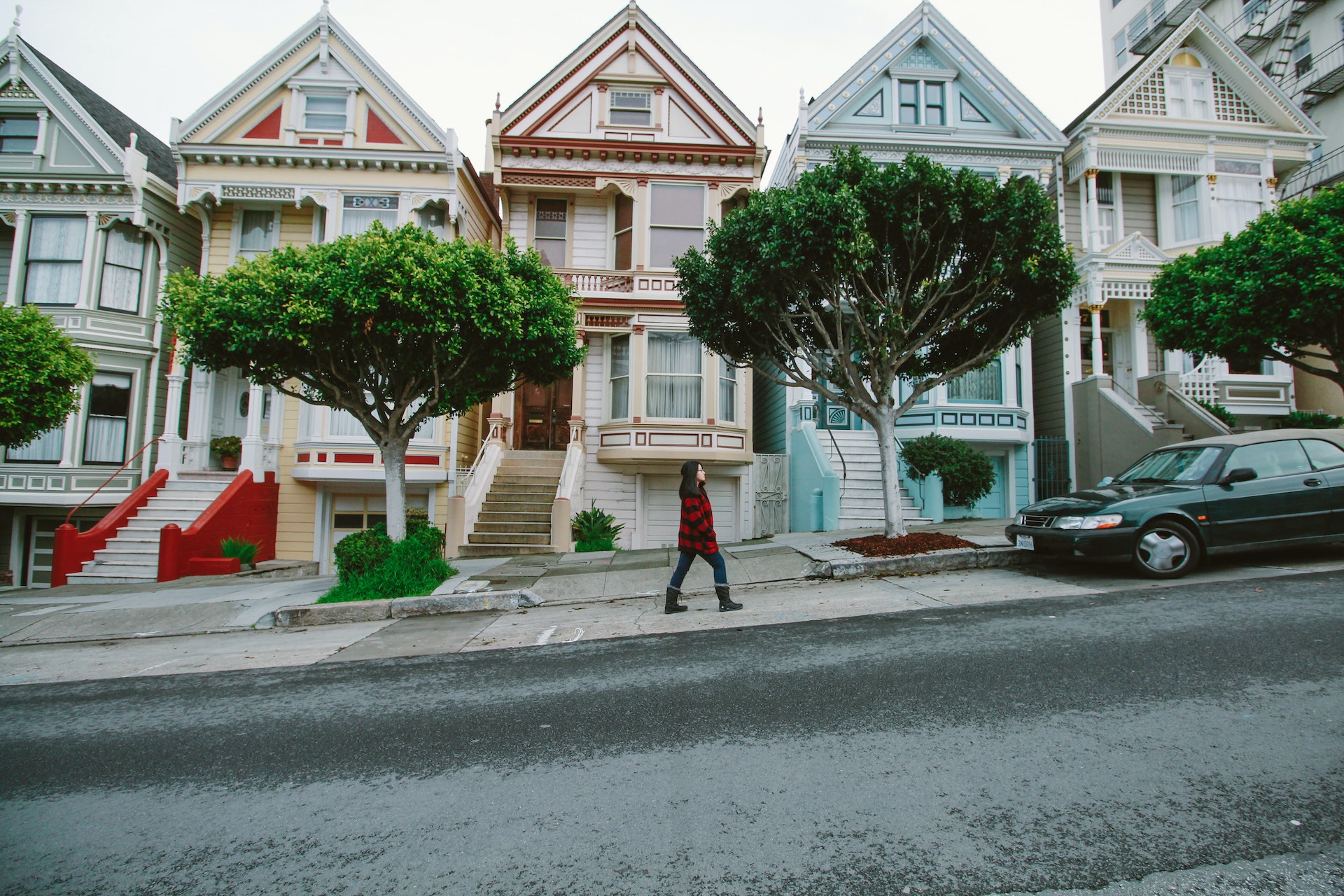
Back in May, I wrote about how I’m hoarding cash, even as it’s losing value. Some people have called me mad, but that’s ok. Everyone is entitled to their own opinion. After all, I’m not telling anyone else to keep their net worth in cash. I’m just telling them what I do.
Around five months have now passed, so have I changed my mind?
Hell, no!!!
What’s happened since then?
I sold all my stock and index fund investments around February this year. I should make it clear here that I’m not trying to time the market. I have no idea where or when the top and bottom of the markets will be.
What I’m doing is attempting to preserve my wealth. I’m in my 50s, so wealth preservation is more important to me than growing my wealth. In dangerous times like these, it’s best (in my opinion) to be out of the markets.
Traditionally, financial advisers suggest being invested more in bonds as you get closer to retirement age, but even bond prices are collapsing.
Being out of the stock market is like an insurance policy for me. Even if the market goes higher, I don’t care. The risk/reward ratio at the moment is to the downside. I wouldn’t be surprised to see prices crashing another 20–30% from here. Valuations are still sky-high, even after recent drops.
Interest rates are up, up, up
I’m now getting decent interest on the cash I’m holding in my stock and index fund accounts. This makes up for what I’m losing to inflation.
I’m also getting much higher interest rates on the cash I hold at other institutions. There are now UK savings accounts offering over 4% interest rates for a 2-year fix. I expect those rates to get higher.
The Fed and the Bank of England will continue t increase interest rates into next year. Inflation needs to be crushed. I don’t see either the Fed or the BoE pivoting any time soon. They have both said that getting inflation back down is critical, even if it causes a recession. It will.
Property prices are starting to crash
In many areas of the world, there are already big drops in property prices. Toronto prices are down 18%. Many US cities are seeing drops of 10–20%. The UK has had price drops in two of the last three months.
The UK mortgage market is also seizing up. Thousands of mortgage products have been withdrawn. Some have been reinstated at higher interest rates.
Many would-be buyers have given up looking for homes because the increased interest rates mean they can no longer afford to buy. And this is even before the interest rate rises have finished.
It’s going to get much worse. Many are still in denial. They think this is a blip and that we’ll get back to low-interest rates. That’s just not going to happen. This is the new normal. We need to get used to it.
Higher interest rates will crash the property market. It’s simple math. Property is so expensive at the moment because interest rates have been low for so long. Property prices cannot stay at these levels as rates rise. People just can’t afford to pay these prices.
Many homes will be repossessed and people will become homeless. Make sure it doesn’t happen to you.
Bargains will be appearing soon
Even in the UK, I’ve seen a few home sellers drop their prices by 20% to get a quick sale. If you’re a cash buyer, there are already opportunities appearing. More will come.
I plan to buy property, but not right now. There will be real bargains available in a year or two. I already saw it during the property price crash in the 1990s. It was when I bought my first property. The price was already a bargain but I managed to get an extra 21% off the price.
Those days are coming again. At the moment, property prices in the UK are at insane levels. Some are still buying, but I think they’ll live to regret it. When prices are crazy, don’t buy. When prices come back to earth, then is the time to step in.
That’s why holding cash is so important.
Buying a website
I have plans to build a website but am also looking to buy one that’s already profitable. These can give returns of 30–40% annually, although they are riskier than traditional investments.
If I find a good deal, I’ll consider switching some of my stock funds to buy one.
What am I invested in other than cash?
I have around 5% of my net worth invested in crypto. I think this will do phenomenally well during the next bull run. I could easily 10x my money there.
Crypto isn’t for everyone. It can be very risky and it’s a real rollercoaster ride. I’m in it for the long term. I don’t buy meme coins or anything shilled by influencers. I only buy projects will solid fundamentals.




























